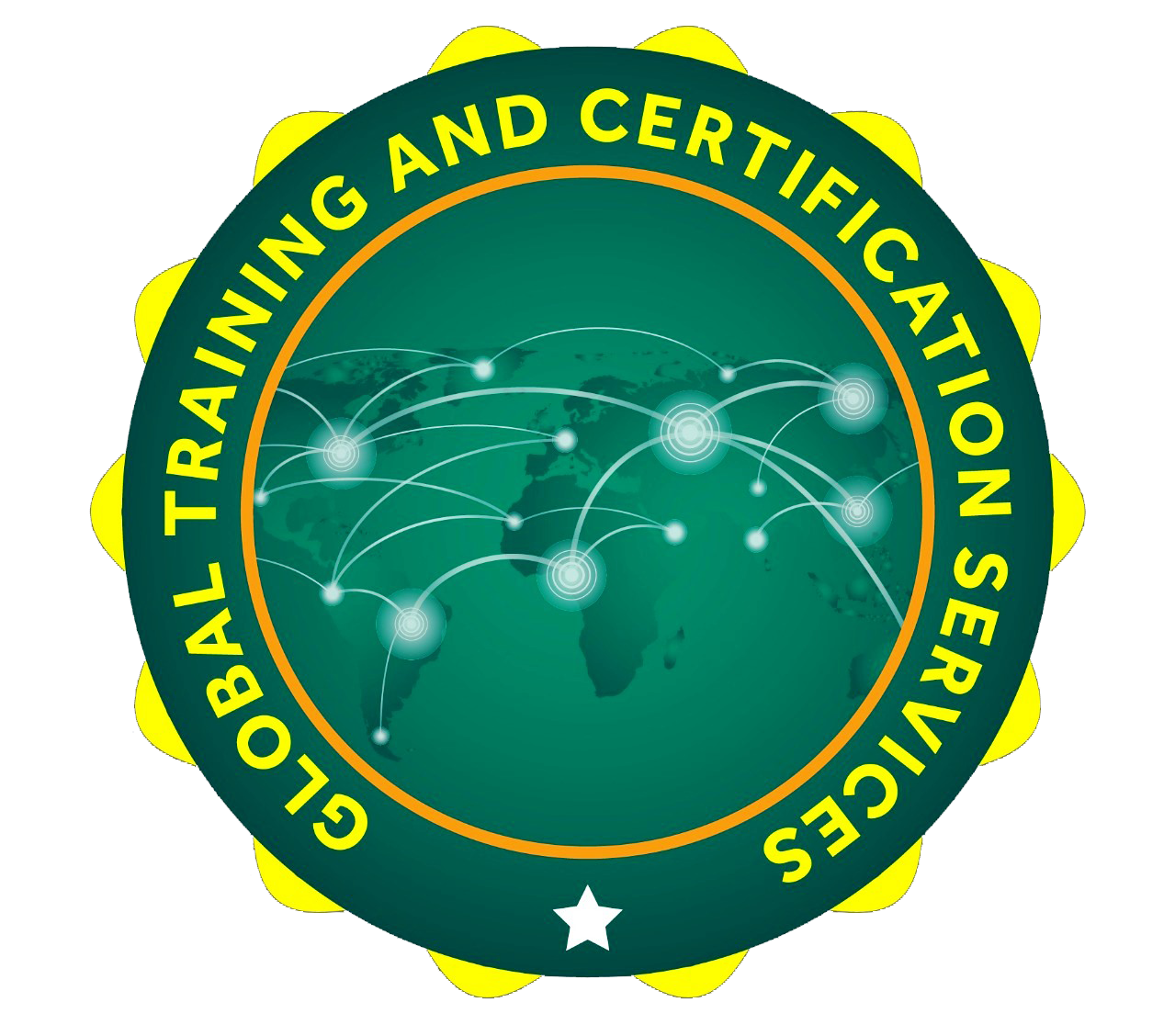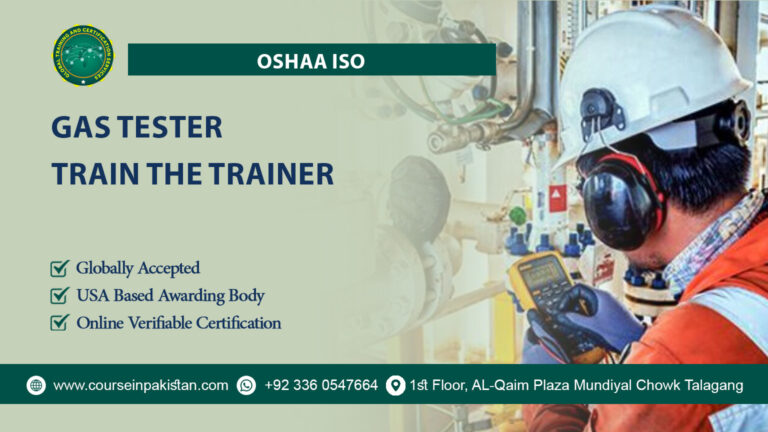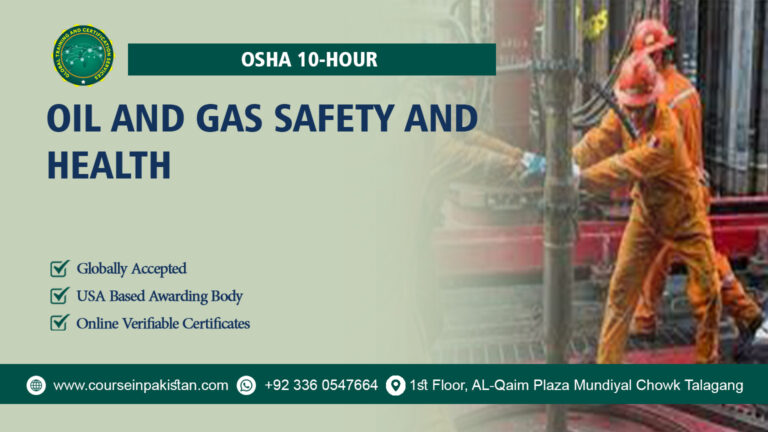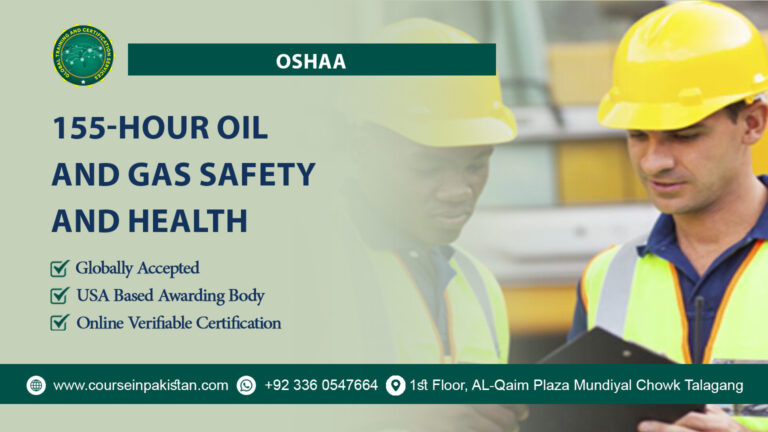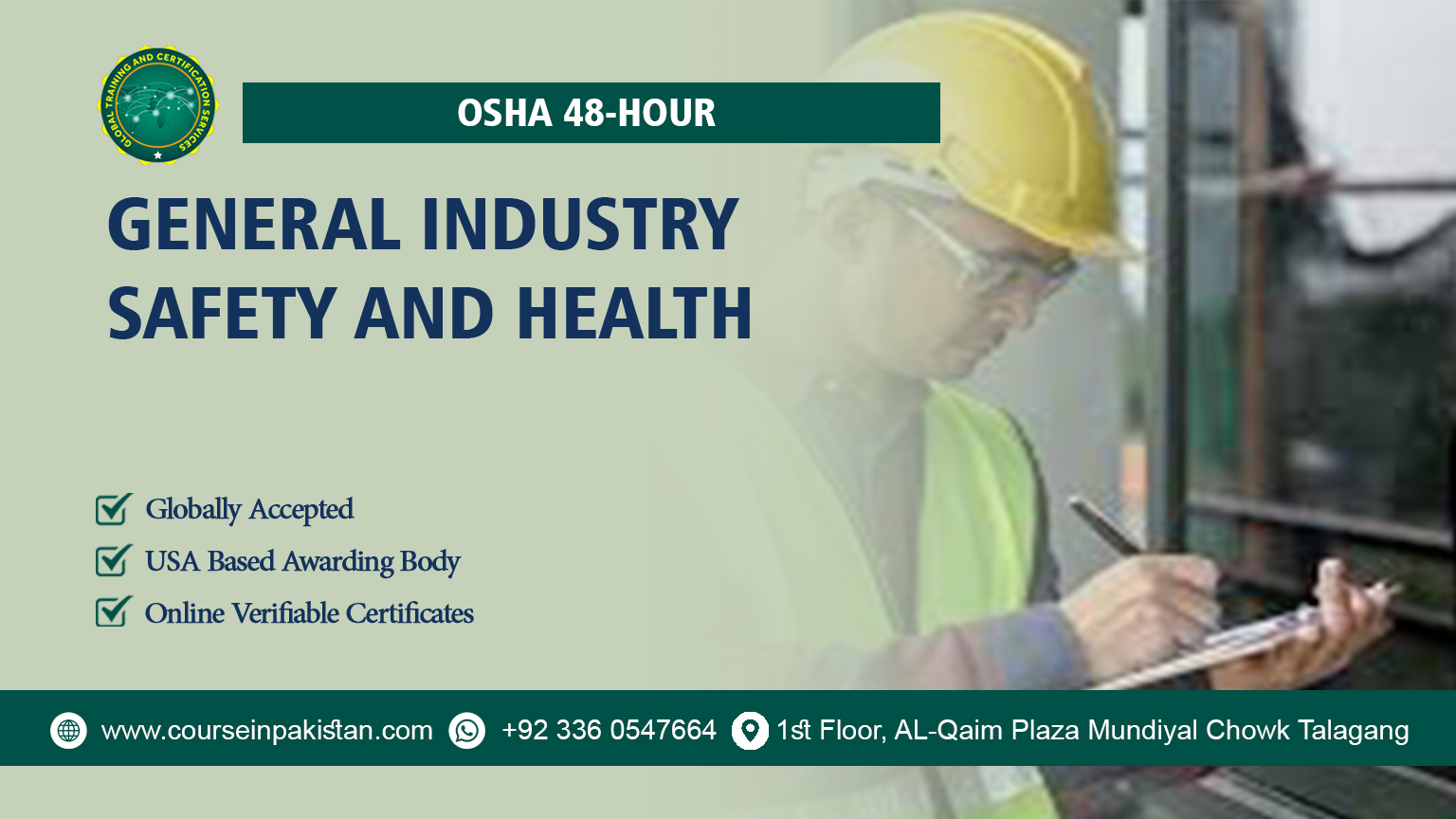
OSHA 48-Hour General Industry Safety and Health
In today’s dynamic work environments, safety is not just a regulatory requirement—it’s a fundamental aspect of operational excellence. The OSHA 48-Hour General Industry Safety and Health course is a comprehensive program designed to provide professionals with critical knowledge and skills to enhance workplace safety and health. Whether you’re aiming to deepen your expertise or are new to the field, this course offers valuable insights and practical tools to create a safer work environment. Here’s an in-depth look at what the OSHA 48-Hour course has to offer.
The OSHA 48-Hour General Industry Safety and Health course is an extensive training program developed by the Occupational Safety and Health Administration (OSHA) and accredited institutions. It is designed to provide participants with a broad understanding of general industry safety standards and practices. Spanning 48 hours, this course combines theoretical knowledge with practical application, ensuring participants are well-equipped to handle a wide range of safety challenges in various industrial settings.
This course covers essential topics related to workplace safety and health, focusing on OSHA standards and best practices. The curriculum is structured to offer a balanced mix of classroom instruction, interactive discussions, and practical exercises. Participants will gain hands-on experience in applying safety principles, managing hazards, and implementing effective safety programs. The course aims to build a solid foundation in safety management that can be applied to diverse industry settings.
Course Benefits
- Comprehensive Learning: Obtain a thorough understanding of OSHA regulations and safety practices relevant to general industry.
- Practical Skills: Develop practical skills in hazard identification, risk assessment, and safety program implementation.
- Certification: Earn an OSHA 48-Hour General Industry Safety and Health certification, enhancing your professional credentials and demonstrating your commitment to safety.
- Career Advancement: Improve your qualifications for safety-related roles and increase your career opportunities in the safety and health field.
- Organizational Impact: Contribute to creating a safer workplace and ensuring compliance with OSHA regulations, potentially reducing the risk of accidents and fines.
Course Study Units
The OSHA 48-Hour General Industry Safety and Health course is divided into several key study units, each focusing on critical aspects of occupational safety and health:
- Introduction to OSH Management
- Risk Assessment and Hazard Identification
- Regulatory Compliance and Legal Requirements
- Safety Program Development and Implementation
- Incident Investigation and Reporting
- Leadership and Communication in Safety Management
- Emergency Preparedness and Response
- Ergonomics and Workplace Design
- Health and Wellness Programs
- Occupational Health and Industrial Hygiene
- Safety Training and Education
- Safety Performance Measurement and Improvement
- Contractor and Vendor Safety Management
- Environmental Management and Sustainabilit
Learning Outcomes
Upon completing the OSHA 48-Hour General Industry Safety and Health course, participants will:
-
1. Introduction to OSH Management
- Understanding OSH Management: Explain the principles and components of effective Occupational Safety and Health (OSH) management systems.
- Safety Culture: Describe the role of safety culture and leadership in promoting workplace safety and health.
- Program Integration: Demonstrate how to integrate safety management practices into organizational processes and procedures.
2. Risk Assessment and Hazard Identification
- Hazard Recognition: Identify various types of workplace hazards, including physical, chemical, biological, and ergonomic risks.
- Risk Assessment: Apply risk assessment techniques to evaluate the severity and likelihood of identified hazards.
- Control Measures: Develop and implement control measures to mitigate identified risks and enhance workplace safety.
3. Regulatory Compliance and Legal Requirements
- Regulatory Framework: Understand the key OSHA regulations and legal requirements applicable to general industry.
- Compliance Strategies: Implement strategies to ensure organizational compliance with OSHA standards and other relevant regulations.
- Documentation and Reporting: Maintain proper documentation and reporting practices to meet legal and regulatory requirements.
4. Safety Program Development and Implementation
- Program Design: Develop comprehensive safety programs tailored to the needs of the organization and its specific risks.
- Implementation: Implement safety programs effectively, including setting objectives, allocating resources, and establishing procedures.
- Evaluation and Improvement: Evaluate the effectiveness of safety programs and make necessary improvements to enhance safety performance.
5. Incident Investigation and Reporting
- Investigation Techniques: Conduct thorough investigations of workplace incidents to identify root causes and contributing factors.
- Reporting: Prepare accurate and detailed incident reports that comply with OSHA requirements and help prevent future occurrences.
- Corrective Actions: Develop and implement corrective actions based on investigation findings to address identified issues and improve safety.
6. Leadership and Communication in Safety Management
- Leadership Skills: Demonstrate effective leadership skills in promoting and managing workplace safety.
- Communication: Utilize communication techniques to effectively convey safety information, policies, and procedures to employees.
- Employee Engagement: Foster employee involvement and engagement in safety initiatives and decision-making processes.
7. Emergency Preparedness and Response
- Emergency Planning: Develop and implement comprehensive emergency preparedness plans for various types of workplace emergencies.
- Response Procedures: Train employees in effective emergency response procedures, including evacuation, first aid, and communication.
- Drills and Exercises: Conduct regular emergency drills and exercises to ensure preparedness and improve response capabilities.
8. Ergonomics and Workplace Design
- Ergonomic Principles: Apply ergonomic principles to design and modify workstations, tools, and tasks to reduce musculoskeletal disorders.
- Workplace Design: Implement workplace design improvements that enhance employee comfort and productivity while minimizing ergonomic risks.
- Assessment and Solutions: Conduct ergonomic assessments and develop solutions to address identified risks and improve workplace design.
9. Health and Wellness Programs
- Program Development: Design and implement health and wellness programs that address physical and mental health issues in the workplace.
- Promotion and Participation: Promote health and wellness initiatives and encourage employee participation to improve overall well-being.
- Evaluation: Evaluate the effectiveness of health and wellness programs and make adjustments based on employee feedback and program outcomes.
10. Occupational Health and Industrial Hygiene
- Health Risk Identification: Identify and manage occupational health risks related to chemical, biological, and physical agents in the workplace.
- Industrial Hygiene Practices: Apply industrial hygiene practices to monitor and control exposure to health hazards.
- Health Surveillance: Develop and manage health surveillance programs to detect and address work-related health issues.
11. Safety Training and Education
- Training Development: Develop effective safety training programs tailored to the needs of different employee groups.
- Instructional Techniques: Utilize various instructional techniques and tools to enhance the delivery and effectiveness of safety training.
- Assessment and Feedback: Assess the effectiveness of training programs and incorporate feedback to continuously improve training content and delivery.
12. Safety Performance Measurement and Improvement
- Performance Metrics: Establish and use safety performance metrics to measure and evaluate the effectiveness of safety programs and initiatives.
- Continuous Improvement: Implement continuous improvement processes to enhance safety performance based on performance data and feedback.
- Reporting and Analysis: Analyze safety performance data to identify trends, areas for improvement, and opportunities for enhancing safety management.
13. Contractor and Vendor Safety Management
- Contractor Management: Develop and implement safety management practices for contractors and vendors to ensure they comply with safety standards.
- Risk Assessment: Assess and manage risks associated with contractor and vendor activities.
- Performance Monitoring: Monitor contractor and vendor safety performance and address any issues or non-compliance promptly.
14. Environmental Management and Sustainability
- Environmental Management: Implement environmental management practices to minimize environmental impacts and ensure regulatory compliance.
- Sustainability Practices: Promote sustainability in workplace practices and operations to reduce resource consumption and waste.
- Compliance and Reporting: Ensure compliance with environmental regulations and reporting requirements, and integrate sustainability into safety programs.
Each unit of the OSHA 48-Hour General Industry Safety and Health course equips participants with the knowledge and skills necessary to tackle various safety and health challenges. By mastering these outcomes, individuals will be well-prepared to enhance safety practices, ensure regulatory compliance, and contribute to a safer and healthier workplace.
Who is This Course For?
The OSHA 48-Hour General Industry Safety and Health course is ideal for:
- Safety Professionals: Individuals seeking to deepen their knowledge and enhance their skills in general industry safety.
- Health and Safety Managers: Managers and supervisors responsible for overseeing safety programs and ensuring compliance with regulations.
- Compliance Officers: Professionals tasked with ensuring workplace adherence to OSHA standards and regulations.
- New Entrants: Individuals new to the field of occupational safety and health who wish to gain a solid foundation in safety practices.
Future Progression
After completing the OSHA 48-Hour General Industry Safety and Health course, participants have several pathways for further development:
- Advanced Certifications: Pursue additional certifications such as the Certified Safety Professional (CSP) or Certified Industrial Hygienist (CIH) for further specialization.
- Specialized Training: Engage in specialized training in areas like construction safety, environmental health, or industrial hygiene.
- Leadership Roles: Transition into leadership or management roles within safety and health departments or consulting firms.
- Continued Education: Stay updated with evolving safety standards and practices through continued education and professional development opportunities.
the OSHA 48-Hour General Industry Safety and Health course provides a comprehensive and practical foundation in occupational safety and health. By investing in this course, you not only enhance your professional skills but also contribute significantly to creating safer and more compliant workplaces. Embrace the opportunity to advance your safety expertise and make a lasting impact on your organization’s safety culture.
